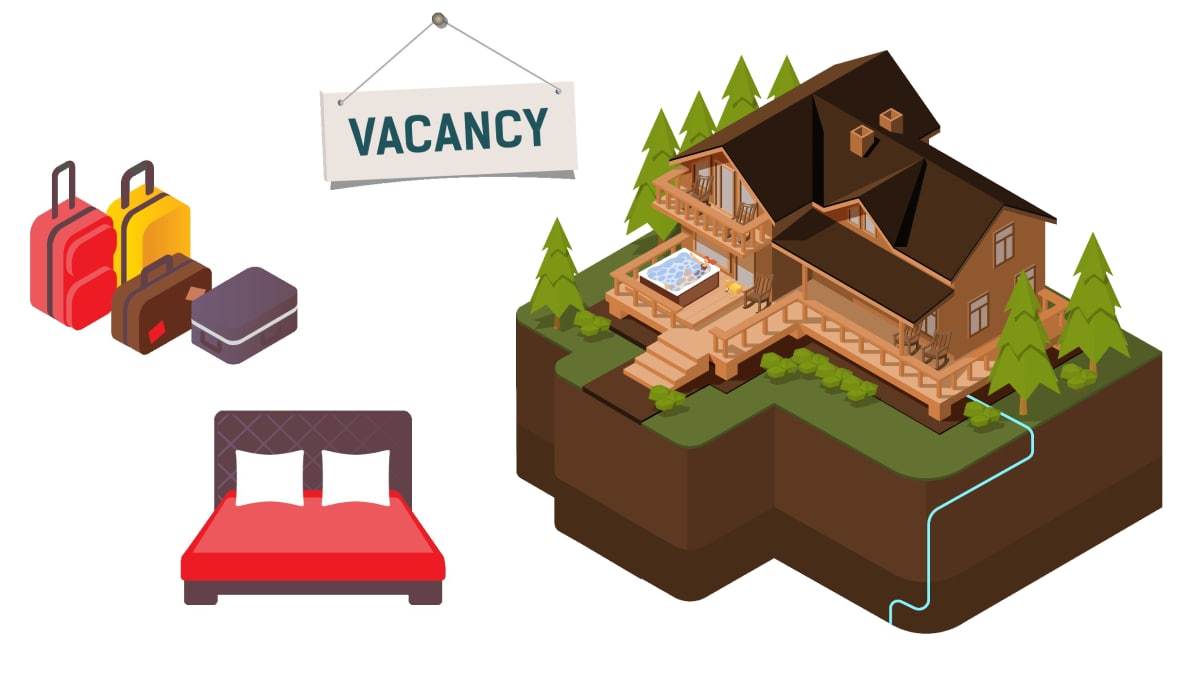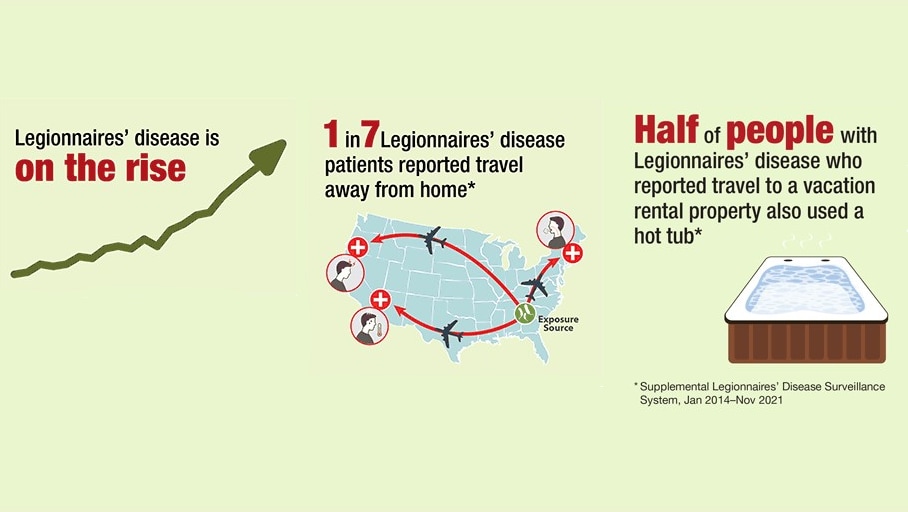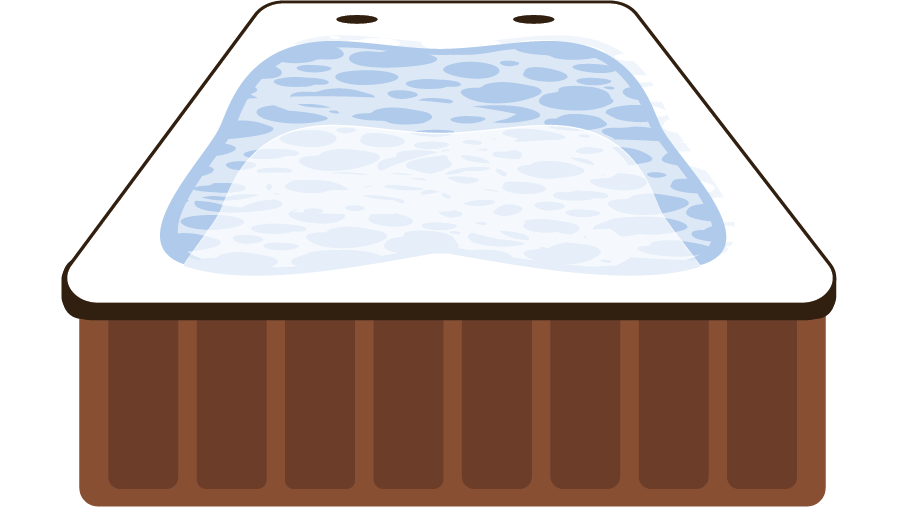Key points
- Vacation rental properties can be a source of Legionella, which can cause Legionnaires' disease.
- Vacation rental owners and managers can take steps to keep guests, housekeeping staff, and themselves safe.

Provide a home for guests, not Legionella
Problem
Legionnaires' disease is a serious type of pneumonia (lung infection) caused by Legionella bacteria. The number of cases in the United States has been increasing recently.
About 1 in 10 people who get Legionnaires' disease die from it.
Nearly 1 in 7 Legionnaires’ disease patients reported staying overnight at hotels, private homes, or vacation rental properties.
About half of Legionnaires’ disease patients who reported travel and staying at a vacation rental property also reported hot tub use.

Potential exposure risks
Guests can be exposed to Legionella when it grows in fixtures and devices like
- Hot tubs
- Faucets and showerheads
- Decorative fountains
When people use or are near these items, they can breathe in small water droplets (mist). If those droplets contain Legionella, people can get Legionnaires' disease.

Reducing the risk for Legionella
Hot tubs
Monitor and maintain adequate disinfectant levels, even when the hot tub isn't in use.
- Bromine: 4–8 ppm
- Free chlorine: 3–10 ppm
- pH: 7.2–7.8
Follow manufacturer recommendations for
- Cleaning or scrubbing the hot tub
- Replacing the filter and water
- Practicing all other maintenance activities
Consider installing an automatic disinfectant system for the hot tub rather than handfeeding disinfectant.
Follow any applicable laws, which may differ from CDC recommendations.
Faucets and showerheads
Legionella can grow in and spread through faucets and showerheads if they haven't been
- Used regularly (e.g., a week or more)
- Replaced or cleaned in a long time (e.g., visible buildup on aerators)
Low disinfectant levels can also cause Legionella growth and spread in these devices.
Unoccupied rooms/properties
Low or irregular occupancy decreases water flow and can decrease disinfectant levels in water. If faucets or showerheads haven't been used for a week or more, flush them shortly before guests arrive.
Learn more about keeping faucets and showerheads safe.
Decorative fountains
Operate and maintain all fountains according to manufacturer recommendations.
Minimum cleaning frequency recommendations vary by fountain size. Factors that can increase the water temperature into the range favorable for Legionella growth (77–113°F) include:
- Exposure to warm air
- Heat-generating submerged lights
Additional strategies for controlling Legionella, such as adding disinfectant, may be required.
Learn more about keeping decorative fountains safe.
Growth conditions
Conditions that help Legionella grow include:
- Inadequate levels of disinfectant (e.g., chlorine)
- Presence of sediment, scale, or biofilm
- Slowly moving or stagnant water
- Warm water temperatures (77–113°F)
Sediment and scale are a build-up of minerals in a water system and use up disinfectant. Biofilm is made up of germs and the slime they secrete. Biofilm sticks to and grows on any surface that stays wet.
Considering the water supply and building water system
Below are considerations to lower the risk of Legionella growth in a property's plumbing system.
Public water system (municipal water, water utility)
Events that disrupt water delivery to the plumbing system can allow dirt to enter and use up disinfectant. Sign up for local alerts to learn about public water system events and water advisory recommendations.
Well water
Private well owners are responsible for testing the quality of and maintaining their drinking water wells.
For information and assistance on well construction, maintenance, water quality, and water treatment issues, contact:
- Your state or local health department
- A local agricultural extension agency
- A private well contractor
Water softeners and filters
Follow manufacturer recommendations to properly maintain and operate water softeners and filters. Some filters use carbon to get rid of disinfectant residual to improve the taste of the water. Legionella can grow in filters that aren't properly maintained.
Water heater
Set your property's water heater at or above 120°F to minimize the growth of Legionella. A hotter water temperature of 130–140°F can kill many harmful germs, but also increases the scalding risk. Follow state and local scalding laws. If the water heater is set above 120°F, use thermostatic mixing valves at the faucet or shower to avoid scalding.
Routinely flush the water heater according to manufacturer recommendations.
Download this fact sheet
Legionnaires' disease prevention: Providing a home for guests, not Legionella
Resources
Control Toolkit
Controlling Legionella in common sources of exposure
Hot tub-specific resources
Considerations for public hot tub operators
Controlling Legionella in hot tubs
Residential pool or hot tub owners disinfection and testing
Other Healthy Water resources
A guide to drinking water treatment technologies for household use
